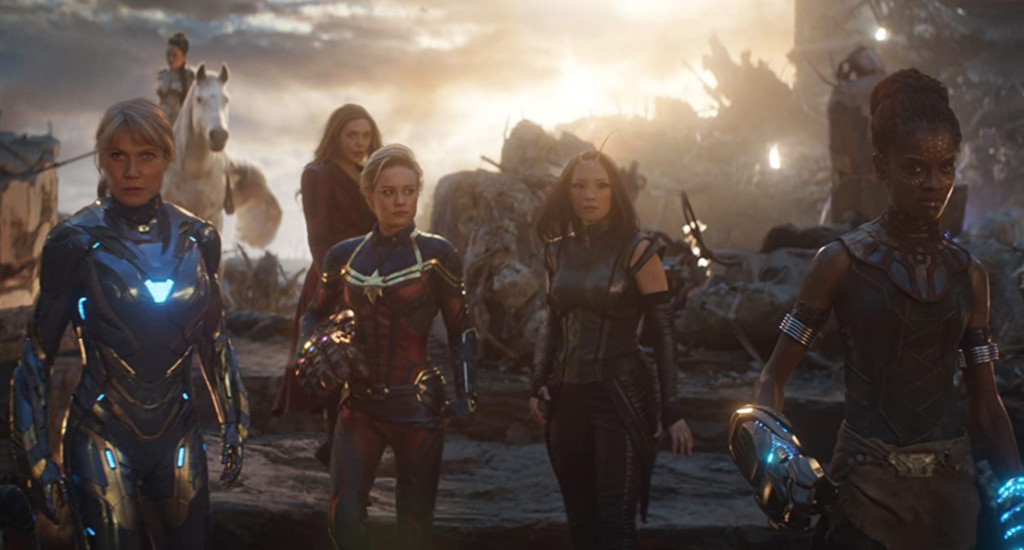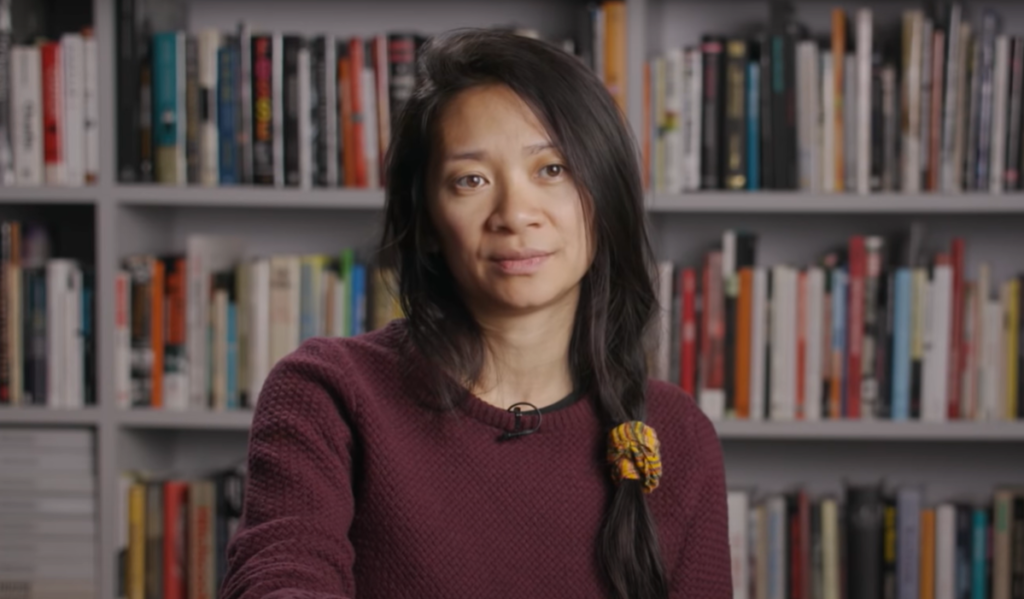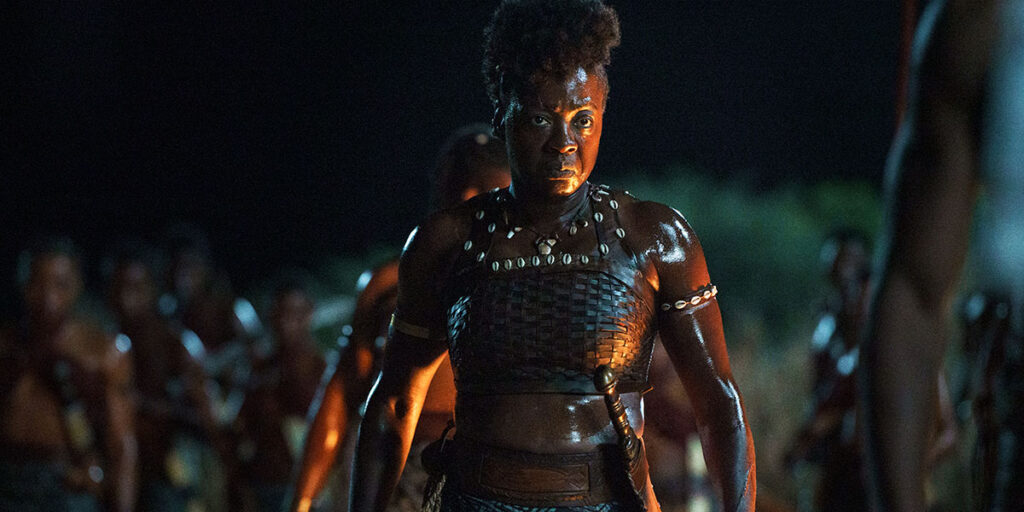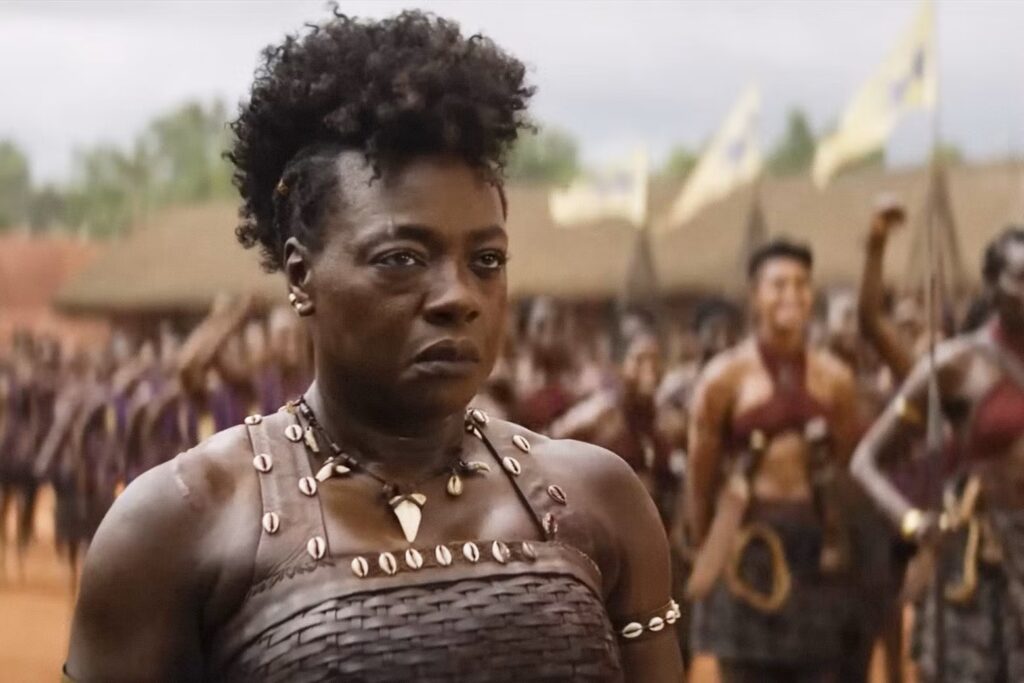Dr. Stacy L. Smith and the USC Annenberg Inclusion Initiative have released their latest study, “Inequality in 1,300 Popular Films: Examining Portrayals of Gender, Race/Ethnicity, LGBTQ & Disability from 2007 to 2019,” and the findings are, well, familiar. Per a press release, the authors have concluded that “Hollywood movies perpetuate a lack of inclusive representation of those from underrepresented racial/ethnic groups, girls and women, the LGBTQ community, and individuals with disabilities,” noting that not much progress has been made over the last 13 years.
According to the report, an analysis of 57,629 characters in the top-grossing 1,300 films from 2007-2019, there have been increases in the number of underrepresented leads and co-leads, but the percentage of female speaking characters hasn’t really changed throughout the years studied. As previously reported, 43 of 2019’s top 100 films featured a female-identified lead or co-lead, versus 2018’s 39. Seventeen films were led or co-led by a woman of color, an encouraging increase from 2018’s 11. People of color led or co-led 32 top films last year as compared to 2018’s 27.
“Despite the gains for protagonists, when it comes to all speaking characters, there has been little to no progress in 13 years,” the authors reveal. “The percentage of female-identified speaking characters has not meaningfully increased since 2007, reaching only 34% in 2019.” Sure, that’s technically a 13-year high, but the low was 28.1 percent in 2014, and 2018’s figure was 33.1 percent. Meanwhile, the stat for speaking characters of color was 34.3 percent, a dip from last year’s 36.3 percent.
“Inequality in 1,300 Popular Films” also offers an “invisibility analysis” to spotlight just how often girls and women are excluded from top movies. In last year’s highest-grossing 100 films, 33 featured zero Black females in named or speaking roles; 55 included no Asian or Asian American females; 71 were missing Hispanic/Latina females; and 45 had zero multiracial/multiethnic females. Female American Indian/Alaskan Native characters were absent from 97 movies; female Native Hawaiian/Pacific Islander 99 movies; and Middle Eastern/North African female characters 92 movies.
Seventy-seven films featured no girls or women with a disability in 2019, while 94 movies included zero female-identified LGBT characters.
“After 13 years, it is not clear what might convince entertainment companies to change,” Smith remarks. “Despite public statements, the data reveal that there is still apathy and ambivalence to increasing representation of speaking characters overall in popular films. This is both the easiest representational gap to address and one that is essential to strengthen the pipeline to more prominent roles.” She adds, “The erasure of girls and women from underrepresented racial/ethnic groups, the LGBTQ community, and those with disabilities remains a hallmark of top-performing Hollywood films. Intersectional inclusion on screen must be an area for targeted intervention.”
Overall, just 2.3 percent of characters were portrayed with a disability in the top films of 2019, “a number consistent over the last five years,” while 1.4 percent of characters were identified as LGBTQ. The top 600 films from 2014-2019 saw just four trans characters. “All of these characters were inconsequential to the plot, and appeared on screen for only 2 minutes in total,” the authors explain. “Across 600 films and hundreds of hours of storytelling, transgender characters appear on screen for roughly the runtime of a film trailer.”
In addition to on-screen representation, the new Inclusion Initiative study also looks at inclusion, or lack thereof, behind the scenes. As we discussed earlier this year, the number of women directors hit a new high in 2019: 10.6 percent. But there hasn’t been the same forward momentum for directors of color. Over the past 13 years, 6.1 percent of top film directors were Black, 3.3 percent were Asian, and 3.7 percent were Hispanic/Latino. Just 13 women of color have helmed a top film since 2007.
Women’s representation among other off-screen roles was a mixed bag. The number of women writers on top films increased to 19.4 percent from 2018’s 14.4 percent. “A 13-year high for female composers was reached, but this represented only 6 women (5.2% of composers),” the authors note. The percentage of female casting directors decreased from 2018’s 85.1 percent to 70.4 percent. Overall, the casting director profession is dominated by white women: “15.6% of casting directors in 2019 were women of color, while 54.8% were white women. Slightly more than one-quarter (27.4%) were white men, and men of color comprised a mere 2.2% of 2019’s casting directors.”
“This is a critical moment for the industry to commit to real and substantive change,” Smith says. “Too often the results of studies like this one garner attention without action. As protests for racial justice continue, it is imperative that companies move beyond performative statements and commit to take actions that will result in inclusive hiring practices on screen and behind the camera.”







